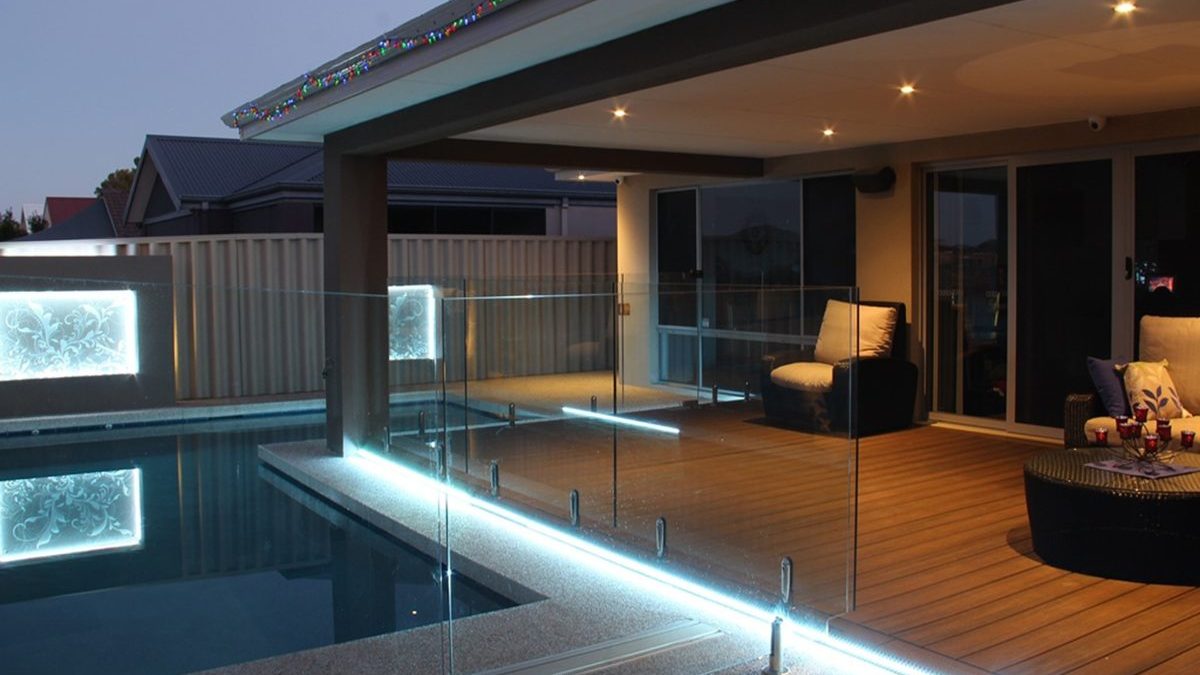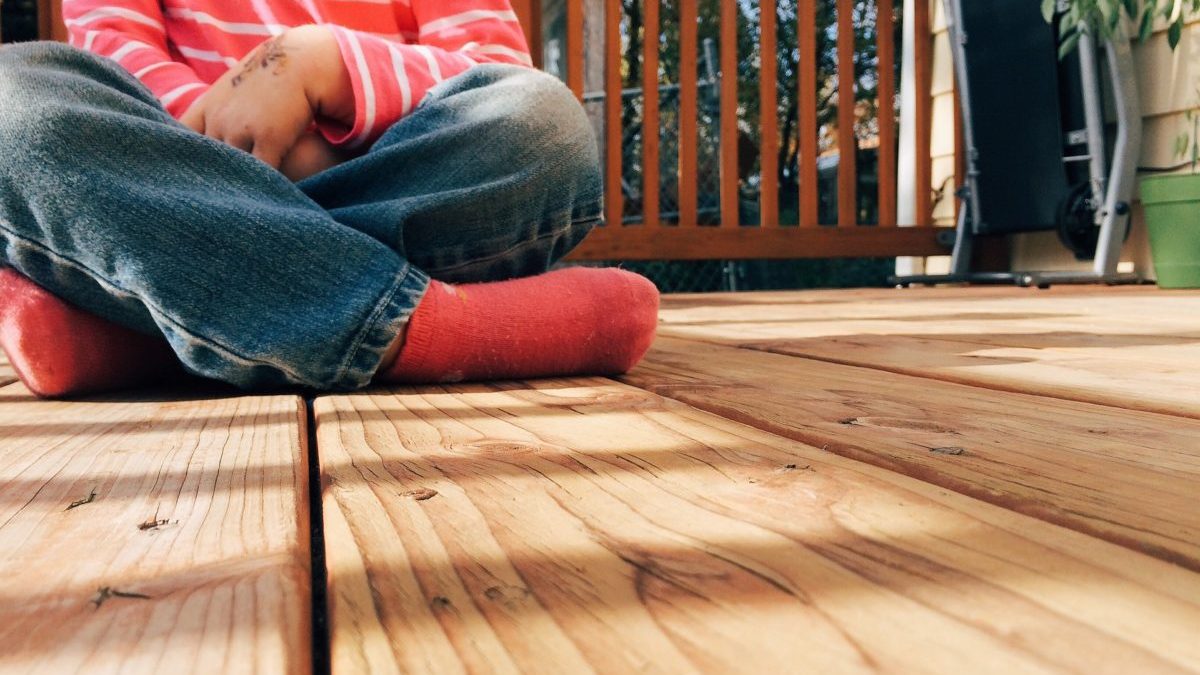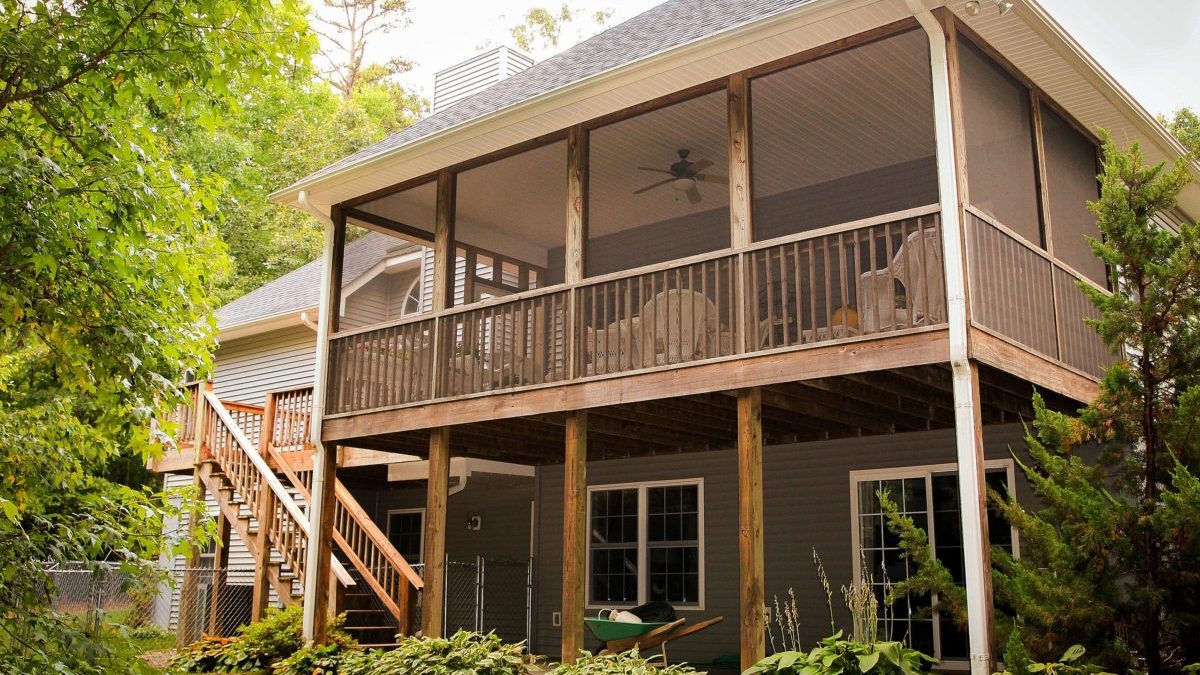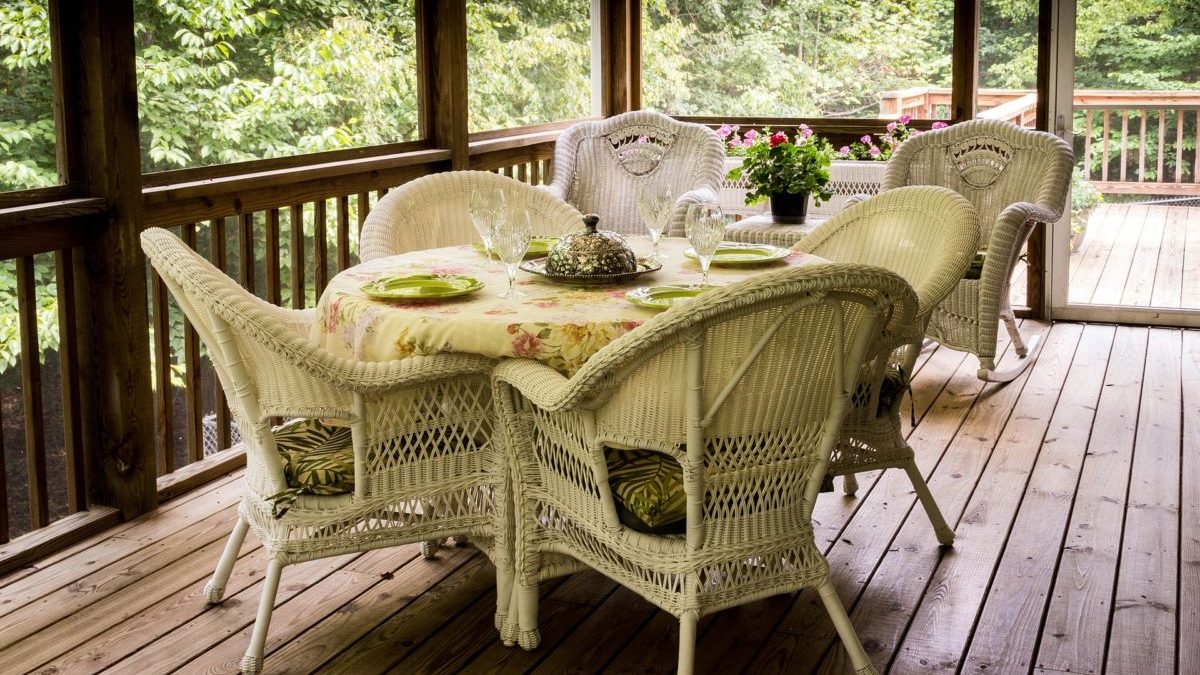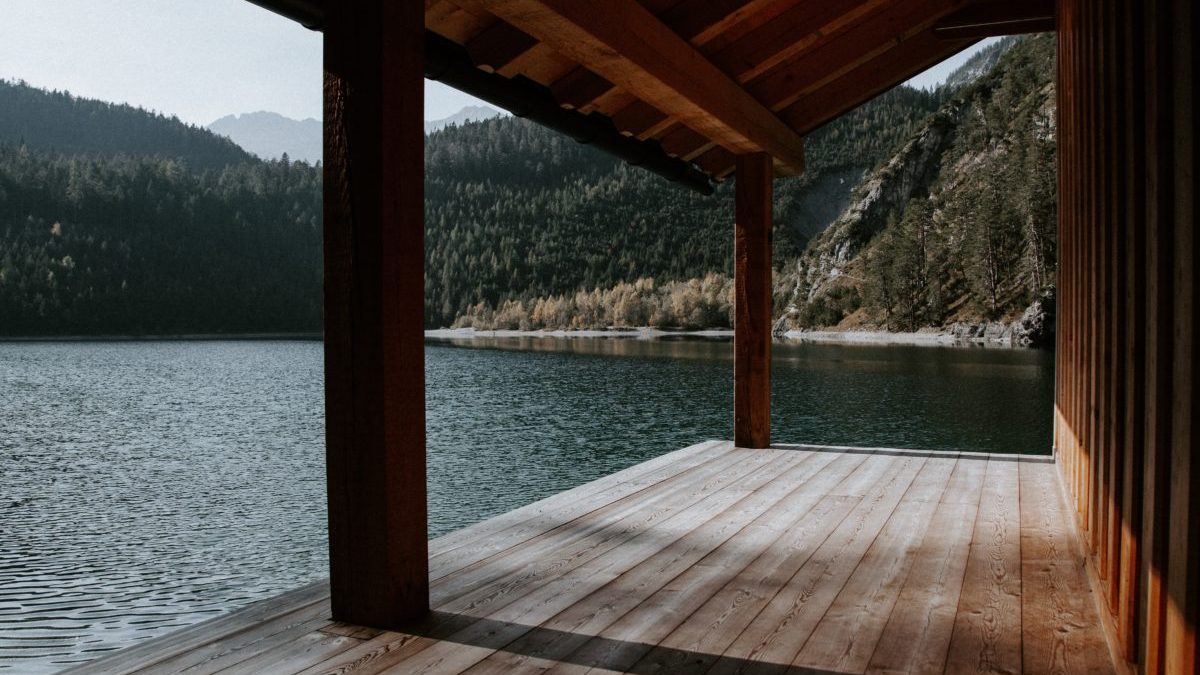Everyone loves their deck or patio here in the Midwest and with Deck Safety Month upon us, here are a few things to think about.
Deck safety and good deck design go hand in hand. An architect, deck company, or custom deck builder can help you to design your deck to meet the adopted code requirements in your area. This is the first step toward a safe deck. Code requirements will define minimum safety standards. A good designer will incorporate those requirements into an aesthetically beautiful and efficiently functional outdoor space.
The next step is keeping your deck safe by—you guessed it—Maintenance.
Maintenance Steps
Cleaning
After the rigors of winter have taken another season’s toll on your favorite outdoor space, a little maintenance is usually in order. Sweep up debris and then scrub with slightly soapy water for a good start. If the maintenance has fallen behind, then pressure washing or other cleaning methods may be necessary.
Inspection and Repair
Once done take some time to look it over for any damage and repair as needed. Composite decks require a different kind of inspection; scrutinize them for UV and freeze-thaw cycle damage as well as other unique factors. Refer to the manufacturer’s literature in each case. All decks, whether wood or composite, should have the structure periodically checked. Test connections and fasteners for tightness. Reset nails if needed. Be sure to look closely for any signs of rot where water has been trapped.
Any deck or patio furniture or décor such as storage boxes should also be inspected for holes, mold, or insect damage and repaired or replaced. Or, if not weather-proof (e.g., non-stainless steel grills or other kitchen items, rugs, seating), these items can be safely moved outside once you finish the next critical step. Pay attention, too, to any landscaping, whether it is hardy and permanent or you move the greenery from a greenhouse or other indoor space to the outdoors.
Re-Staining and Resealing
Plan for periodic re-staining/resealing of wood decks. When you apply a quality product such as Behrs exterior wood line, this helps ensure a long life. You might only need to re-stain/reseal every 5 years in this case. Different woods weather differently, so knowing if you have a pressure-treated, cedar, or redwood deck is important. In our temperate Midwest climate, pressure-treated by far out-performs the other choices. Today, color- impregnated, eco-friendly pressure-treated lumber is more readily available, so, to us, the choice is easy.
By following these basic safety steps, you can ensure that Deck Safety Month, and every month thereafter, remains safe as your family and friends partake of the great outdoors.


